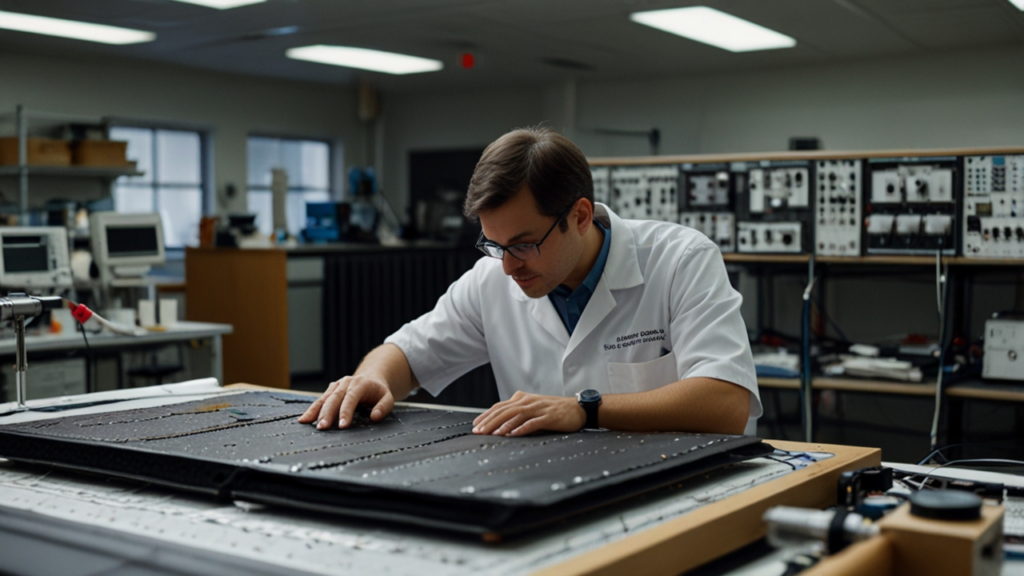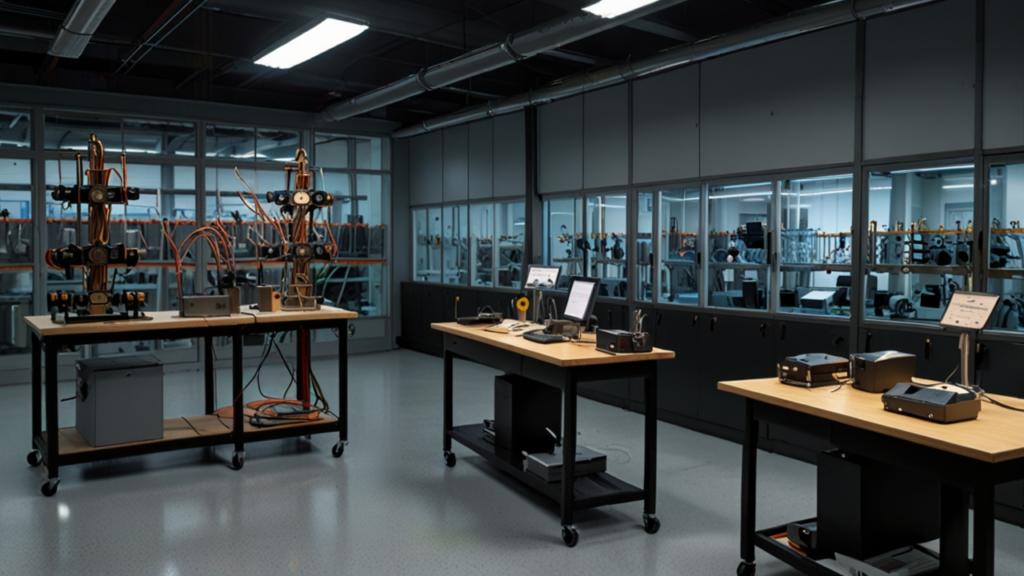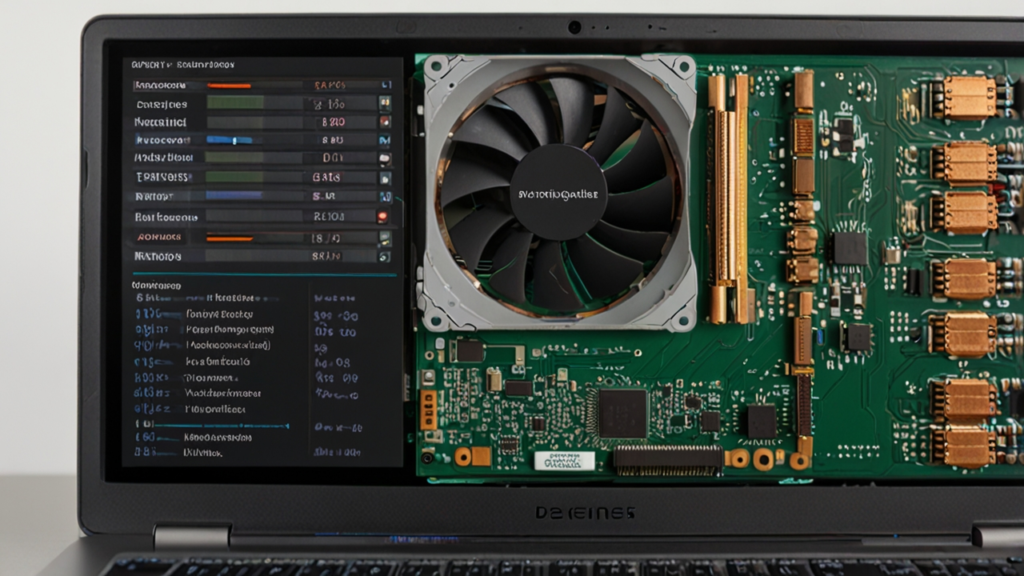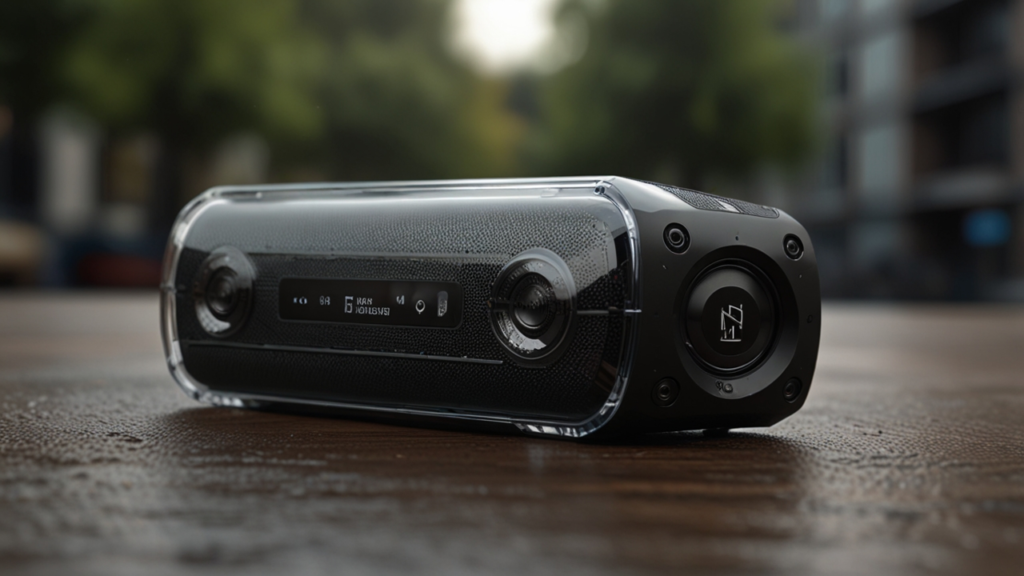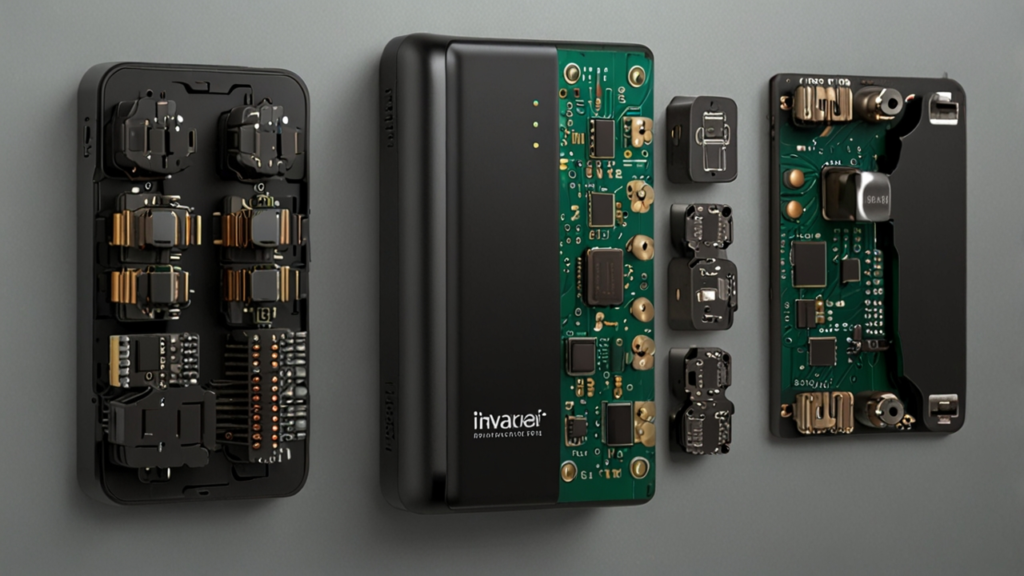Smart fabric: How Do 6 Technology Categories Work?
Smart fabric: In this technology guide, you’ll understand how 6 categories work: 1) conductive materials integrating electrical pathways through metallic fibers or specialized polymers, 2) sensor embedding monitoring physiological signals through strategically positioned measurement points, 3) energy harvesting capturing movement, body heat, or solar exposure for power generation, 4) adaptive properties changing characteristics in response to environmental or body conditions, 5) communication integration transmitting collected data through wireless protocols to connected devices, 6) washable electronics maintaining functionality despite exposure to cleaning processes and daily wear.
Smart fabric: How Do 6 Technology Categories Work? Read More »
